This blog was written by Veronica Stapleton, Sightsavers, and published on the Sightsavers website in February 2023.
Together with partners, we’ve adapted a key evaluation tool to support young children with disabilities.
The International Development and Early Learning Assessment (IDELA) tool, created by Save the Children in 2011, measures children’s early learning and development. Its play-based tasks help evaluate motor development, emergent literacy, emergent numeracy and social-emotional development. The tool is designed to assess children from three to six years old and has been used in 78 countries.
IDELA has already been adapted for use with children who have mild to moderate learning difficulties. Since 2021, in a project under the Inclusive Futures initiative in Kenya, we have further adapted the tool to make it more accessible for children with disabilities. We used it to measure children’s baseline developmental outcomes and we will re-administer it at endline to measure progress.
This use of IDELA is part of a larger innovation project aiming to identify affordable, contextually-appropriate inclusive early childhood development education approaches for children with disabilities. The project is implemented by a consortium of international NGOs including Humanity and Inclusion, Sense International, IDS and government stakeholders such as national and county ministries of education, local and national organisations of people with disabilities, including United Disabled Persons of Kenya, as well as relevant semi-autonomous government agencies working in education. The project is being implemented in three different settings in Kenya: two in Homa Bay and the third in settlements around Kakuma refugee camp.
The project has a monitoring, evaluation and learning framework and a focus on measuring intervention impact. Data is being collected from across the project on an ongoing basis. We have conducted qualitative participatory research with children with disabilities, their parents, teachers and other stakeholders, as well as carrying out a cluster non-randomised control trial to measure the impact of other project interventions.
Over the 2021-22 project period, we developed adaptations and used them with 253 children with disabilities in nine project schools and nine ‘control’ schools.
What we did
Along with our consortium partners who have expertise in working with children with disabilities, we reviewed the existing guidance and recommended approaches for administering the tool to children with disabilities.
For each task, we identified and documented adaptations for a range of disabilities, being careful to ensure this did not change the purpose of the assessment. Not all items could be adapted for all disabilities, and this was documented. We modified the training to develop the skills of assessors to administer the tool with the adaptations. We also ensured that project staff were available to provide extra support during the data collection activities.
We conducted assessments with more than 1,600 young children, including 253 with functional difficulties. We built on our learning from this process by conducting focus group discussions with the assessment teams in all geographical locations.
What we learned
Here’s what we learned from the research and project implementation:
- There is value in using the adaptations for children with disabilities: Assessors applied the adaptations for children with a wide range of difficulties. Most children enjoyed the assessments, particularly when demonstrations and real objects were used.
- Assessors need additional guidance about child development and working with children with disabilities: We developed additional training and guidance on how to use the adaptations, but at times the processes were misunderstood, or inappropriate adaptations were used. This highlights a need for additional training time, enhanced training materials and more opportunities for practice before data collection begins.
- We need to understand the context and culture: The IDELA training is careful to emphasise the need to recognise and adapt to different contexts and cultures. The diversity of languages in the refugee setting was a particular challenge and this was exacerbated for children with functional difficulties, adding complexity to the data collection.
The way forward
The project has helped us to refine our thinking and practice around the use of IDELA for children with disabilities. The enhanced adaptations enabled assessment of almost all children with disabilities in the study sample. Ongoing data collection will provide further insight into these adaptations and their suitability for broader use.
There were some challenges that need further consideration. For example, it often took a long time to administer the tool because of the concentration levels of the children. Despite receiving support from their supervisors, some assessors found it difficult to make decisions about which adaptations to use, and the strategy of using caregivers to translate/interpret for their children was difficult to monitor.
It will be useful to pilot the use of the adaptations further, incorporating our learning from this project. We need to consider the costs involved in increasing training and support for assessors and how to make the management of additional materials easier.
There is limited data available about the developmental progress of young children with disabilities in low and middle income countries and IDELA is a useful tool in gathering this data. Through adapting the tool, a large number of children with disabilities were assessed and their developmental progress is now being monitored alongside their peers. As we all seek to improve inclusive practices and ensure that all children can access a quality education, it will be useful to see if the adaptations can be further developed for general use with the tool.
This project is part of the Inclusive Futures Disability Inclusive Development programme, funded by UK aid.

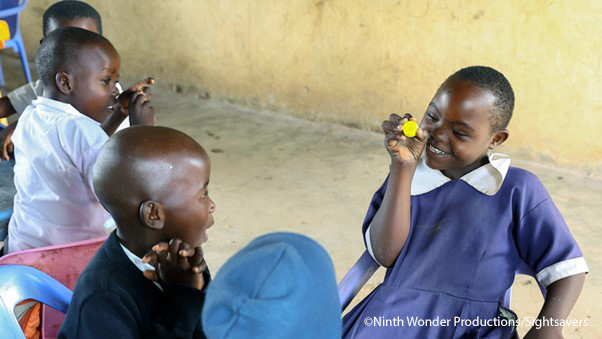
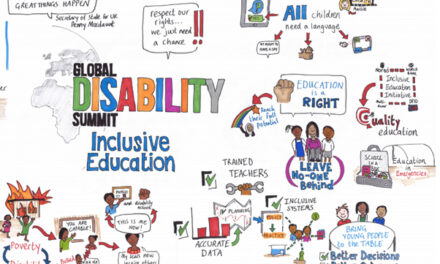
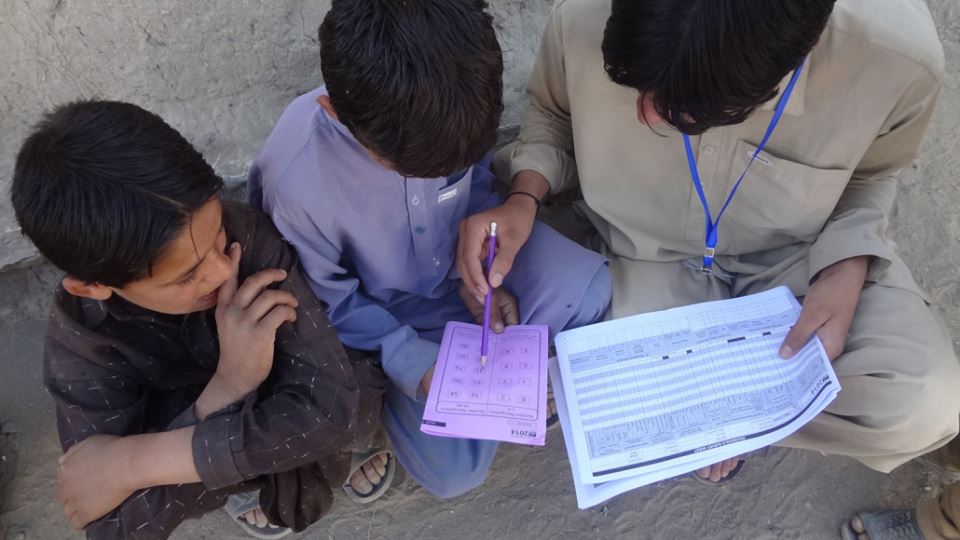
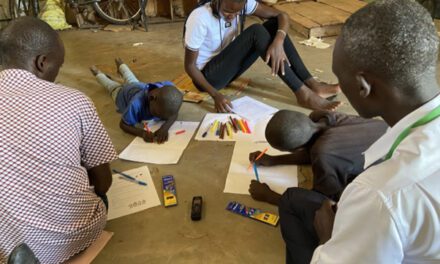
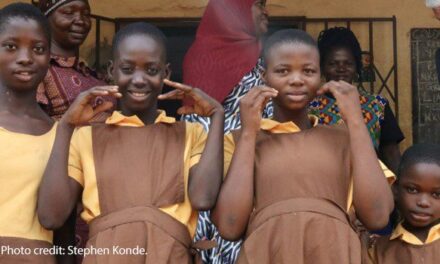
So interesting. I would like to thank the Research team by designing the assessment tools for Inclusive programs. keep up the good work. we are together in this.
Wonderful work and hopefully we I South Africa will also have the opportunity to use these tools